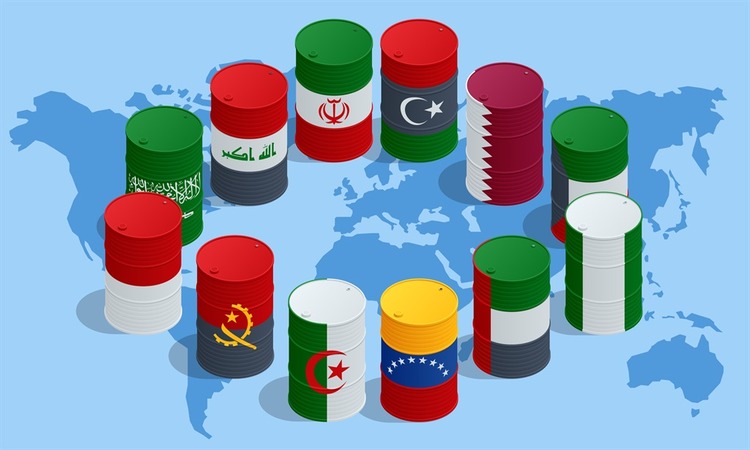BRICS Nations Aim to Strengthen Economic Resilience Through New Trading Initiatives Amid Global Tensions
The BRICS nations are beginning to explore widespread commodity trading centers. This initiative aims to protect their economies from the impact of sanctions. These nations include Brazil, Russia, India, China, and South Africa. Each member seeks to enhance its economic resilience amid growing global tensions.
As these countries discuss creating trading centers, they plan to reduce reliance on Western markets. Establishing these centers could transform the global trading landscape. The BRICS nations view this strategy as essential for their long-term economic stability.
The Western world may not fully understand the magnitude of these plans. BRICS countries intend to strengthen their economic ties and promote mutual trade. They aim to create a framework that can withstand external pressures and sanctions. This approach allows them to engage in trade without depending on Western financial systems.

Commodity trading centers could help BRICS countries coordinate their agricultural, energy, and mineral exports. By centralizing trading activities, they can enhance their bargaining power in global markets. Increased cooperation among member nations will also promote shared economic interests.
For instance, Russia and Brazil can collaborate on energy resources. Meanwhile, India and China can strengthen ties in technology and infrastructure. This collaboration will enable member nations to secure better deals and reduce vulnerabilities.
The BRICS nations also recognize the importance of alternative currencies in trade. They plan to explore using local currencies instead of the U.S. dollar. This shift could minimize the impact of currency fluctuations and sanctions.
China has already started bilateral agreements with several countries to trade in local currencies. As other BRICS nations follow suit, they may diminish the dollar’s dominance in global trade. This transition poses a significant challenge to Western financial hegemony.
Many experts believe this movement could accelerate as BRICS nations gain momentum. The establishment of trading centers will likely attract more countries seeking to join this economic alliance. As they expand their reach, BRICS nations could reshape global trade patterns.
These developments reflect a broader trend toward economic multipolarity. Countries around the world are increasingly looking for alternatives to Western-led institutions. The BRICS nations aim to create a new economic framework that reflects their interests.
All roads lead to a reimagined global trading system. The BRICS nations are positioning themselves as key players in this new landscape. Their efforts could lead to significant shifts in power dynamics and trade relations.
As they explore these opportunities, the global community must pay attention. The emergence of commodity trading centers will have lasting implications. The BRICS nations are not just reacting to sanctions; they are proactively reshaping their economic futures.
In summary, the BRICS nations’ exploration of commodity trading centers marks a pivotal moment in global trade. Their commitment to reducing reliance on Western markets will redefine economic relationships for years to come. The world is watching as these nations take bold steps toward economic independence.




